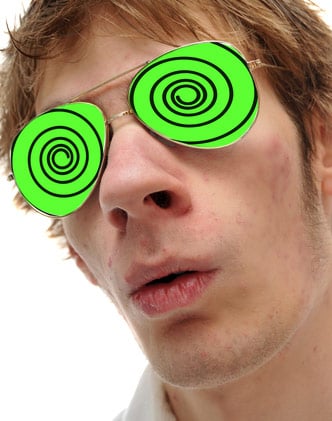
As most marketing experts will tell you, creative and well executed custom packaging design is an effective means of branding your company. When developing your product packaging design, one of the most important aspects of design is color. Color has a major influence on consumers and the products they so choose to purchase through association. In fact, approximately 85% of a buyer's decision to purchase a product can be attributed to color. This phenomenon is referred to as color psychology.
Color psychology says that consumers react to products they encounter on an emotional level, based on what they associate with the product design's color scheme. In psychology, this is called associative learning, which explores the relationship between color and emotion.
In the marketing world, color psychology has proved to be an invaluable marketing tool, and in result, has been extensively researched and employed by the most successful of brands. A good example of this is Coca-Cola. As one of the most successful brands of all time, Coca-Cola has been using the colors white and red for their product label design for over a century. The vibrant red is not only a color of dominance and energy, but it also makes their brand memorable and easily recognizable. The white, on the other hand, contrasts well and suggests a kind of sincerity. Additionally, the white contributes to the easy readability of the brand.
Marketers organize products using color psychology, basing their choices on what feeling they want the product to evoke in the audience. For example, the color green is associated with positive feelings of calm and peacefulness, and nature. Many products that tout natural or wholesome qualities use this color in their packaging, such as organic cereal bars or natural cleaning formulas. Meanwhile, the color blue is associated with calm, trust, parsimony, and cleanliness. Many banks use the color blue because it is associated with a color of trust and calm, as well as saving money.
And it's not only the color itself; sometimes a color's tints and shades will convey a different meaning entirely. For example, dark pink is often used for products that want to convey a sense of romance, whereas light pink is associated more with femininity. While the two meanings are similar, the different shades of pink each tell a unique story.
Effective product packaging design will enable your product to establish itself as a brand, making it a mainstay product for consumers. Now, that is the association every business would like their customers to make with their products.

